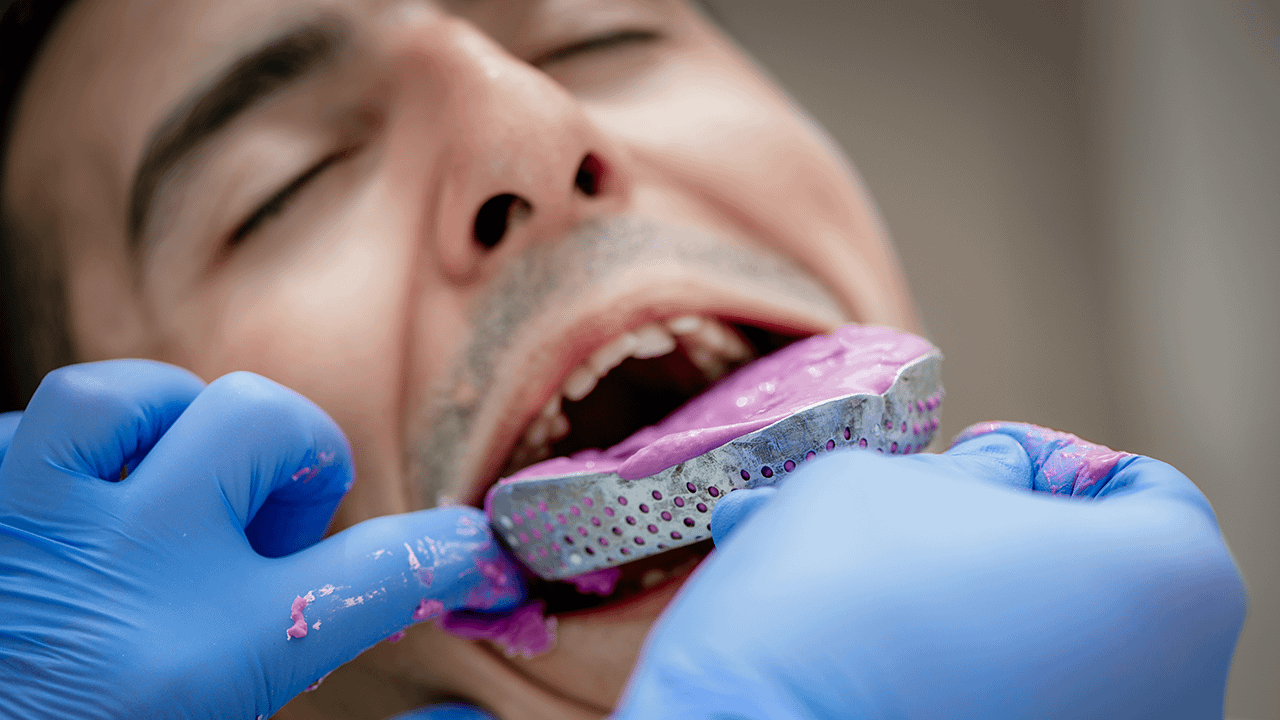- Home
- Blog
- Digital dentistry
- How hygienists benefit from d...
How hygienists save time, waste and money with digital impressions
3Shape had the opportunity to speak with NYU College of Dentistry Clinical Assistant Professor of Dental Hygiene, Victoria Benvenuto, about her experience with intraoral scanners in the practice.
She presents a different perspective to why practices should use an intraoral scanner. As she states, it is usually the hygienist or assistant doing the patient-scanning, this makes her opinion of the technology extremely valuable to practices who are considering going digital.
Benvenuto has more than fifteen years of clinical experience and now uses her expertise to educate the next generation of dental professionals.
Do intraoral scanners make your work easier?
Victoria Benvenuto: “Using an intraoral scanner saves a lot of time and waste. We no longer need to take conventional impressions and then find out later, that we may have to retake one of them. Digital impressions also reduce our having to pour models and that saves time and money. Also, with a digital impression, storing the images on the computer supports efficient record keeping and a paper-free environment. With intraoral scans, patients are able to see their scans on the same day and if an error is made, the clinician can simply rescan or start over which only take seconds to minutes.”

Do you use intraoral scans to show patients their oral situation?
“I use intraoral scans as a learning tool with all patients. It is really great to review homecare, restorations, and occlusion. Often times, I would rescan the patient on their recall visit to make comparisons between scans, check for changes, it is a great tool for patient education.”
In an online CE credit course presented by Benvenuto, she states that with an intraoral scanner, “Dental hygienists can focus on areas of concern and establish self-care regimens based on the needs of the patient. The intraoral scan can also be used when the patient returns for follow-up hygiene visits. Clinicians and patients can visually review previous scans, take new scans, and compare changes. Digital acquisition units using 3D imaging enable dental hygienists to show patients oral health conditions in a much more effective way than simple verbalization of dental findings.”
What do patients say about 3D scanning of their mouth?
“I would say that the majority of patients really like the technology aspect of it and they also appreciate that the office is utilizing new technology rather than traditional impressions. Many patients comment that they are pleased to not have the impression material which oftentimes makes them gag. Patients also expressed that they really liked seeing their whole mouth in just minutes.”
What was the learning curve with an intraoral scanner for you?
“There was a short learning curve, but I must say after 1-2 practice scans, I was comfortable doing the scans. Most of the scans were done either by the hygienist or the dental assistants. The doctors also did scans as needed but mostly depended on the clinicians. “
She adds, “In my experience, intraoral scanners enable better patient education, improved esthetic quality, and increased patient comfort. They also reduce the chair time required for treatment by delivering highly efficient and accurate images.”
About the expert

Victoria Benvenuto is an assistant clinical professor in the Department of Dental Hygiene and Dental Assisting at NYU College of Dentistry. She is also the dental hygiene clinical academic coordinator and the course director for periodontics and clinic for second-year dental hygiene students. In addition to teaching, she has practiced dental hygiene for 15 years.
Victoria Benvenuto
RDH, EdM
NYU College of Dentistry
Walk through the basics
We’ve created an introduction that addresses the cost of digital impressions,
learning curve, patient aspect, lab collaboration and much more.